Is there anything new to say about recent Solicitors Regulation Authority disasters following the collapses of Axiom Ince and SSB Law? These have been well analysed in reports and commentaries.

Instead, I would like to focus on the perils to an innocent party – the Law Society. ‘Just sort it out!’ is a reasonable request for the profession to make of the Society, so that solicitors can serve their clients confident that they have a competent regulator to maintain their reputation.
But there is a chasm between what many in the profession would like the Society to do, and what the Society can actually do. The Legal Services Act 2007 dictated that the Society could not be trusted to regulate in the public interest. Two new bodies were set up – the SRA and the Legal Services Board, each of which included lay quangocrats – to ensure that regulation would work. The Society was cut out of regulation to the greatest extent possible.
Bizarrely, although the ultimate regulatory responsibility under the act falls on the Society as the approved regulator, in practice, the act’s requirements have to be met by the SRA, to which the Society has delegated almost all of its regulatory functions. The SRA is a wholly owned subsidiary of the Society, but the Society is not allowed to interfere in its running.
The Society’s role is described in the LSB’s internal governance rules and the LSB’s guidance on those rules. These two documents, together with the provisions of the 2007 act, leave the Society in the following position. Broadly, it has only a residual assurance function, ensuring that the SRA is acting in a way that is compatible with the act’s regulatory objectives, and that the SRA’s activities are transparent, accountable, proportionate, consistent and targeted only at cases in which action is needed.
Read more by Goldsmith
The Society cannot review the SRA’s choices. This means that the Society’s assurance role is restricted to ensuring that the regulator is providing assurance to it and that it has acted in accordance with the act in performing its functions, and not in the Society independently investigating whether the SRA has done so – that is the role of the LSB. The Society is not allowed to duplicate the LSB, particularly in seeking to assess the SRA’s regulatory performance.
So the Society carries the can formally, but is trussed up in tightly binding wires to ensure that it cannot influence the outcome. This is the wonderful structure that our political masters came up with to ensure that the regulation of our profession works really well. And now here we are.
All the blame has so far understandably landed on the SRA, but questions might also be raised about the responsibility of the LSB, which lauded the SRA to the skies in the years leading up to the disasters. What is the point of an uber-regulator if it does not foresee that its first-in-class regulator was not fit for purpose – and for trussing up ever more tightly in the internal governance rules, the one body which might have provided some useful input?
In other words, this is not only an SRA story, but also an LSB story. And if it is an SRA and LSB story, it is also a Legal Services Act story. Does the settlement from nearly 20 years ago work?
So, Chancery Lane cannot ‘Just sort it out’. The government, particularly the Ministry of Justice, has the power to act. But it does not seem as if re-regulation of the legal profession will be high on their agenda any time soon. And there are risks in the Society pushing hard here, for fear that the profession might end up with something worse.
All the same, it is unlikely that the current structure will persist indefinitely. If there is to be a shake-up of the act in due course, the Society should be ready, to ensure that the representative body of the profession has an appropriate role in the new structure, with proper input into regulation, and is not swept away with institutions that have failed. For that, it needs to be sharp and clear, not only in what has gone wrong (which is clear to all), but in what would make things better. The look of the new structure should be a matter for widespread debate and consultation.
The internal governance rules may be a restraint on criticising particular actions of the SRA, but should not stop us from laying out a clear vision for how regulation should ideally work in the future.
Jonathan Goldsmith is Law Society Council member for EU & International, chair of the Law Society’s Policy & Regulatory Affairs Committee and a member of its board. All views expressed are personal and are not made in his capacity as a Law Society Council member, nor on behalf of the Law Society

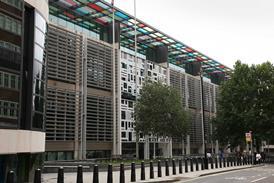




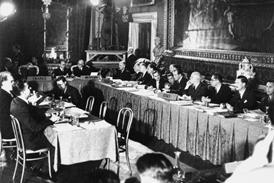






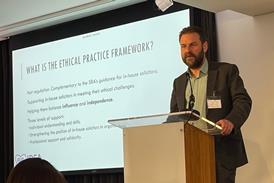
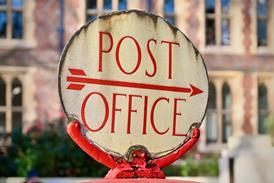





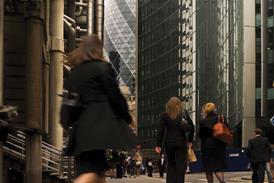










4 Readers' comments